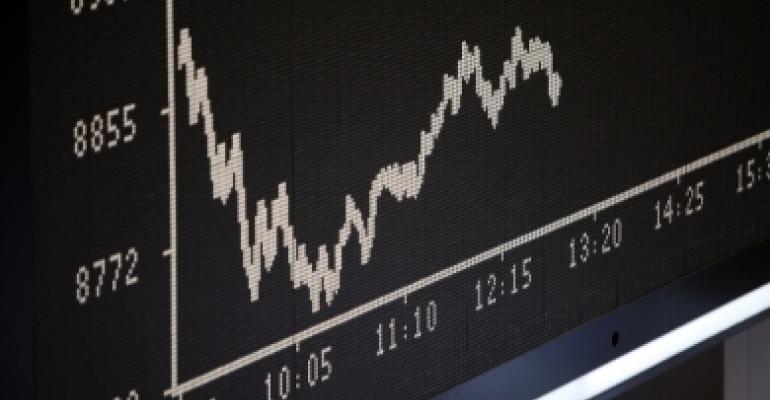The popularity of ultra-low cost passive ETFs is fueling a surprise shift in fund management: New entrants are getting pricier.
Tapping into the hunger for complex strategies hinging on everything from stock options to crypto to stand out in the marketplace, this year’s new ETFs rank among the most expensive of the decade. That’s a boon for fee-starved issuers.
The average fee of an exchange-traded fund launched in 2024 is 61 basis points, one of the highest averages in data going back to 2010, according to a Bloomberg Intelligence analysis. Of the 383 ETFs launched so far in 2024, nearly two-thirds have a fee of 50 basis points or higher.
The trend can be paradoxically traced back to the race toward lower fees happening among the highest ranks of the ETF league table. For years, behemoths including Vanguard Group, BlackRock Inc. and State Street have slashed expense ratios on their passively-managed, core portfolio funds to entice new investors into the increasingly crowded field — a phenomena dubbed the “Vanguard Effect.” In turn, investors have more budget, and likely more risk tolerance, to allocate a small slice of their portfolio to expensive, specialized funds.
“Ironically, the more popular passive gets, the crazier and more expensive new products will become,” said Eric Balchunas, senior ETF analyst at Bloomberg Intelligence. “Because the rest of the portfolio is 10 basis points, people don’t really get that bothered about paying up for something that’s 1%.”
This year’s new launches include: the Roundhill Innovation-100 0DTE Covered Call Strategy ETF (ticker QDTE), which launched in March with a fee of 95 basis points, a fund that provides 2 times the daily performance of Bitcoin charging 95 basis points and an ETF that buys other option-based income funds at 1.28%.
Despite how costly new ETFs are, when looking across all funds in total asset terms, the average expense ratio is still moving lower. According to data compiled by Bloomberg Intelligence, the average asset-weighted expense ratio for all US ETFs is 17.2 basis points, down from roughly 23 basis points just eight years ago.
For many issuers however, even growing assets in just one fund with a high expense ratio can make a difference. ETFs which are priced at 10 basis points or less, account for 60% of industry assets but rake in just 19% of the industry’s overall revenue, according to Bloomberg Intelligence. Meanwhile, ETFs that are above-average in costs, with expense ratios higher than 50 basis points, account for just 7% of industry assets but generate over one-third of the revenue.





